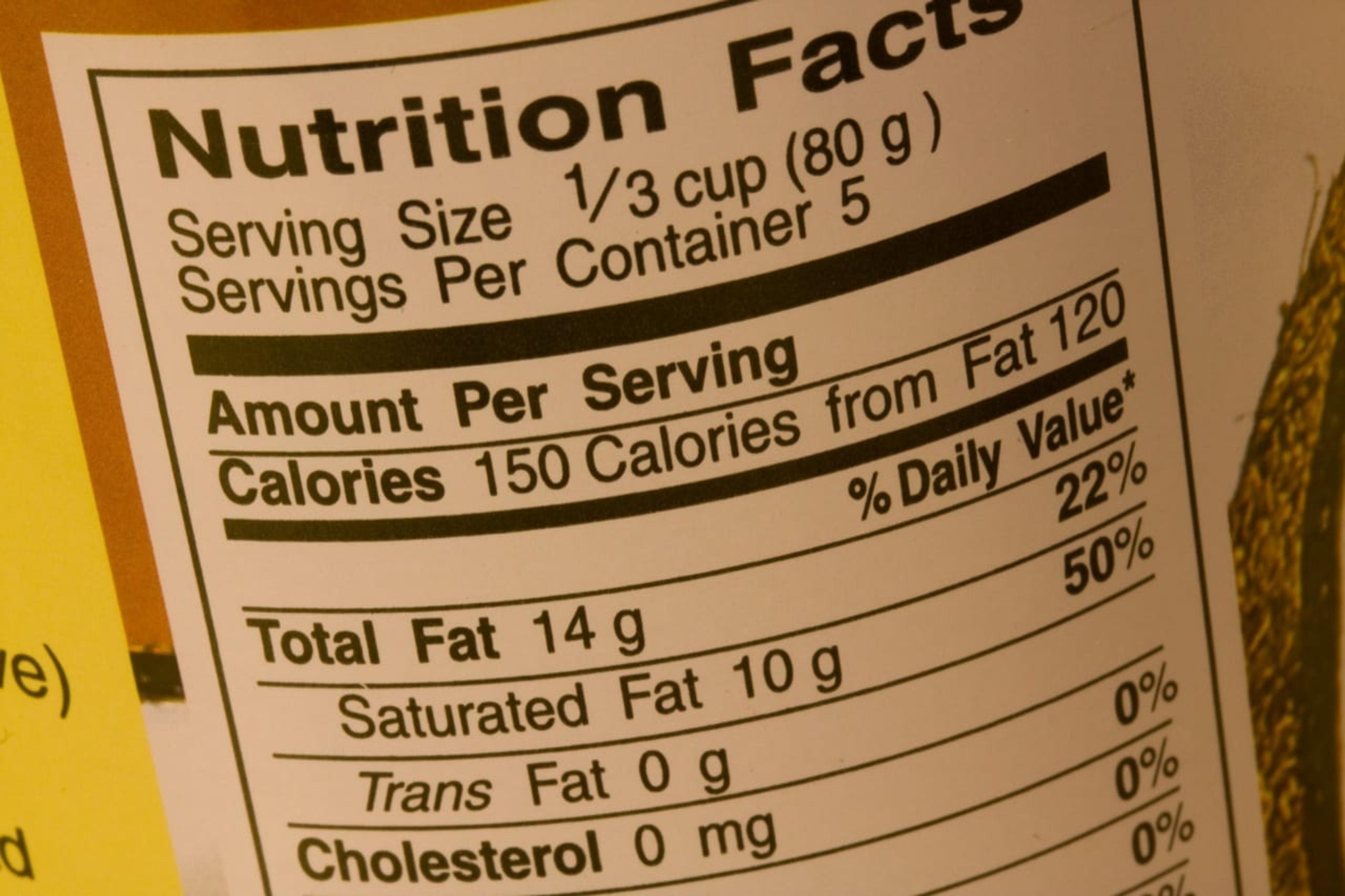Nutrition Labels Are About to Change for the Better
| 3 min read

It’s been about 20 years since the Food and Drug Administration first introduced the Nutrition Facts Label that you see on most of the food you buy. And in those two decades, a lot has changed. Experts now have a better grasp on nutrition and the science behind what we eat while the population has a higher rate of heart disease and obesity. Even our use of the labels has shifted: A recent study by the USDA found that about 42 percent of adults look at nutrition info while they shop compared to just 34 percent seven years ago.
So with all those changes, it’s no surprise that the label is getting a new look. This past spring, the FDA proposed changes that should start showing up on shelves next year. Here are some of the most notable updates:
More accurate serving sizes: The new rules will alter serving size requirements to better reflect what you actually eat (nobody has just half a small bag of chips). They will also feature two nutritional columns on larger items—one “per serving” and one “per package.”
Benefit: No more buying a drink and multiplying everything by 2½ to figure out how many calories the whole bottle contains, which research shows we’re bad at. One study in the American Journal of Preventive Medicine revealed that only 37 percent of its participants could calculate the number of carbs they consumed in a 20-ounce bottle of soda.
Information on added sugars: Right now we can see how many total grams of sugar an item has, but there’s no way to differentiate between naturally occurring sugars and added sugars, which experts warn have a greater impact on your body and offer no nutrient value.
Benefit: The American Heart Associationrecommends women consume no more than six teaspoons (around 100 calories) of added sugar while men consume no more than nine teaspoons (about 150 calories). This will help you better regulate that amount.
Bigger displays: The newly designed labels will enlarge the font on important stats, such as total calories and serving size, so they’re the first things you see. The label will also place the percentage of daily values in front of everything else.
Benefit: If you can see it, you can read it (and understand it!).
Details on essential nutrients: In addition to calcium and iron, manufacturers will also be required to list potassium and Vitamin D amounts on their labels. And milligrams of each must be shown, not just percentage of daily values.
Benefit: Right now labels display the amount of Vitamin A and C items contain, but most people currently meet their daily needs of those nutrients. That said, people do not typically consume enough Vitamin D or potassium, which the FDA calls “nutrients of public health significance.”
Photo credit: Mayhem Chaos





